Home>Gardening & Outdoor>Outdoor Recreation & Activities>Who Invented Spikeball?
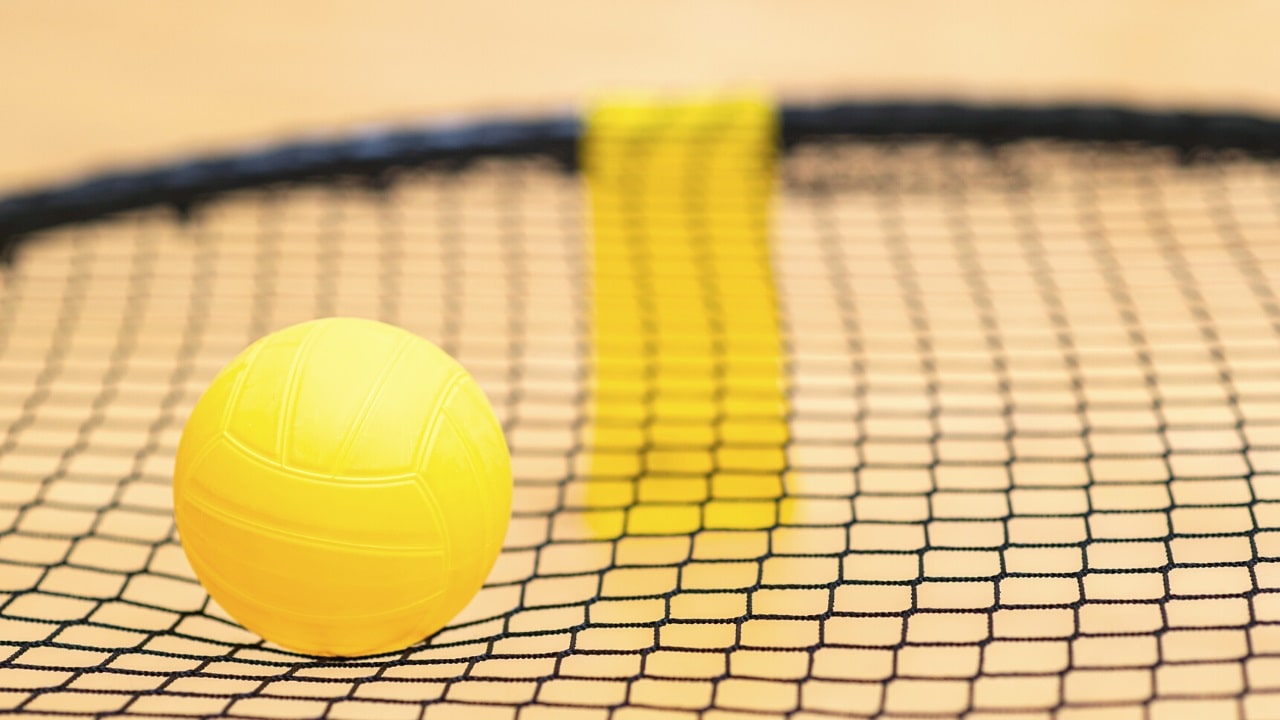

Outdoor Recreation & Activities
Who Invented Spikeball?
Modified: February 18, 2024
Learn about the origin of Spikeball, a popular outdoor recreation and activity, and the inventor behind this exciting game. Discover the history and evolution of this fun and engaging sport.
(Many of the links in this article redirect to a specific reviewed product. Your purchase of these products through affiliate links helps to generate commission for Storables.com, at no extra cost. Learn more)
**
The Origins of Spikeball
**
Spikeball, also known as roundnet, is a dynamic and engaging game that has taken the outdoor recreation world by storm. The sport involves two teams of two players each, who compete to spike a small ball onto a net while incorporating elements of volleyball and handball. The game’s fast-paced nature and minimal equipment requirements have contributed to its widespread appeal, attracting players of all ages and skill levels. In this article, we will delve into the intriguing history of Spikeball, exploring its origins, rise in popularity, and the vibrant community that has formed around it.
As we embark on this exploration of Spikeball, it’s important to note that the game’s roots can be traced back to the 1980s. However, it wasn’t until the early 21st century that Spikeball experienced a resurgence and began gaining traction as a mainstream recreational activity. The evolution of Spikeball is a testament to the enduring appeal of outdoor sports and the innovative spirit of its creators and enthusiasts.
**
The Origins of Spikeball
**
The origins of Spikeball can be traced back to the early 1980s when Jeff Knurek, a native of Chicago, and his friends developed the concept of the game. Their vision was to create an energetic and competitive activity that could be enjoyed in a variety of outdoor settings. This initial spark of inspiration led to the creation of a prototype, which laid the foundation for the modern incarnation of Spikeball.
The game underwent several iterations as its creators fine-tuned the rules and equipment, striving to strike the perfect balance between accessibility and exhilaration. The result was a compact, portable set consisting of a small, resilient ball and a circular net tensioned at the center. This innovative design allowed for seamless assembly and disassembly, making Spikeball an ideal choice for impromptu matches at parks, beaches, and backyard gatherings.
Despite its promising beginnings, Spikeball remained relatively under the radar for several decades. It wasn’t until the early 2000s that the game experienced a resurgence, thanks in part to the entrepreneurial efforts of Chris Ruder. Recognizing the untapped potential of Spikeball, Ruder acquired the rights to the game in 2008 and set out to elevate it to new heights of popularity.
Ruder’s strategic vision and passion for Spikeball propelled the game into the spotlight, captivating the attention of outdoor enthusiasts and fitness aficionados across the country. Through innovative marketing campaigns and grassroots initiatives, Spikeball rapidly gained a devoted following, evolving from a niche pastime into a cultural phenomenon.
The journey of Spikeball from its humble origins to its current status as a beloved recreational pursuit exemplifies the power of creativity and perseverance. The game’s evolution reflects the enduring appeal of outdoor activities that foster camaraderie, athleticism, and pure enjoyment. As we continue to unravel the story of Spikeball, we will delve into the captivating narrative of its rise in popularity and the vibrant community that has embraced it with open arms.
**
The Rise in Popularity
**
As the 21st century unfolded, Spikeball underwent a remarkable transformation, evolving from a well-kept secret of outdoor enthusiasts to a widely recognized and celebrated sport. The game’s surge in popularity can be attributed to a confluence of factors, including its accessibility, captivating gameplay, and the dedicated efforts of its community and advocates.
One of the key drivers behind Spikeball’s ascent to mainstream prominence was its inherent appeal to a diverse audience. Unlike traditional team sports that often require large playing fields and extensive equipment, Spikeball can be enjoyed in compact spaces such as beaches, parks, and backyards. This accessibility, coupled with the game’s intuitive rules and fast-paced action, made it an attractive option for individuals seeking an engaging and dynamic outdoor activity.
Furthermore, the rise of social media and digital platforms played a pivotal role in amplifying Spikeball’s visibility and reach. Enthusiastic players and fans took to various online channels to share their experiences, highlight impressive plays, and organize tournaments, effectively fostering a vibrant and interconnected community. This grassroots, word-of-mouth advocacy contributed significantly to the game’s burgeoning popularity, sparking curiosity and enthusiasm among individuals eager to partake in the Spikeball phenomenon.
Another crucial catalyst for Spikeball’s surge in popularity was the concerted efforts of its dedicated community and the game’s official governing body, Spikeball Inc. Through strategic partnerships, sponsorships, and the organization of high-profile events, Spikeball Inc. elevated the game’s profile and fostered a sense of camaraderie among players and enthusiasts. This concerted push to expand the reach and impact of Spikeball resulted in a groundswell of interest, with players of all ages and backgrounds embracing the sport as a source of recreation, competition, and social connection.
As Spikeball continued to gain momentum, its presence in schools, recreational facilities, and organized leagues became more pronounced, further solidifying its status as a beloved and enduring pastime. The game’s inclusive nature and emphasis on skill, strategy, and teamwork resonated with individuals seeking an alternative to traditional sports, contributing to its widespread adoption and integration into diverse recreational landscapes.
The remarkable rise in popularity experienced by Spikeball serves as a testament to the game’s inherent appeal and the unwavering passion of its community. As we delve deeper into the captivating world of Spikeball, we will explore the vibrant community that has embraced the sport and the profound impact it has had on outdoor recreation and social engagement.
**
The game Spikeball was invented by Chris Ruder in 1989. He created the game as a fun and active way to enjoy time with friends and family.
The Spikeball Community
**
At the heart of Spikeball’s meteoric rise and enduring appeal lies a vibrant and tightly-knit community that has embraced the sport with boundless enthusiasm. The Spikeball community encompasses a diverse array of individuals, ranging from casual players seeking outdoor fun to competitive athletes vying for victory on the tournament circuit. This rich tapestry of participants has fostered a culture of inclusivity, camaraderie, and spirited competition, forming the cornerstone of the game’s enduring legacy.
One of the defining features of the Spikeball community is its unwavering passion for the game and its commitment to fostering a welcoming and supportive environment. Whether at local meetups, regional tournaments, or national championships, players and fans alike exude a palpable sense of camaraderie, united by their shared love for Spikeball. This sense of kinship transcends age, background, and skill level, creating a space where individuals can come together to celebrate the joy of play and the thrill of friendly competition.
Furthermore, the Spikeball community has been instrumental in propelling the sport to new heights through its proactive engagement and grassroots initiatives. From organizing impromptu matches at parks to establishing official leagues and clubs, enthusiasts have played a pivotal role in expanding the reach and impact of Spikeball. This organic, community-driven approach has not only contributed to the game’s widespread popularity but has also cultivated a sense of ownership and investment among its participants, fostering a deep sense of connection to the sport.
Another hallmark of the Spikeball community is its commitment to sportsmanship, fair play, and continuous improvement. Whether engaging in casual pickup games or high-stakes tournaments, players uphold the values of respect, integrity, and teamwork, creating an environment that encourages personal growth and mutual support. This ethos has been instrumental in shaping the culture of Spikeball, emphasizing not only the thrill of competition but also the enduring bonds forged through shared experiences on the roundnet.
As the community continues to expand and evolve, its impact on the broader landscape of outdoor recreation and social engagement becomes increasingly pronounced. Spikeball has transcended its status as a mere game, evolving into a catalyst for forging meaningful connections, promoting active lifestyles, and uniting individuals through the universal language of play. The enduring spirit of the Spikeball community serves as a testament to the transformative power of sport and the profound impact it can have on individuals and communities alike.
**
Conclusion
**
In conclusion, the captivating journey of Spikeball from its humble origins to its current status as a beloved and widely celebrated sport is a testament to the enduring appeal of outdoor recreation and the power of community-driven passion. The game’s evolution over the decades reflects the innovative spirit of its creators, the unwavering dedication of its advocates, and the boundless enthusiasm of its diverse and vibrant community.
From its inception in the 1980s to its resurgence in the early 21st century, Spikeball has transcended mere pastime status, emerging as a cultural phenomenon that resonates with individuals of all ages and backgrounds. Its accessibility, dynamic gameplay, and emphasis on camaraderie have contributed to its widespread appeal, drawing in players and enthusiasts from around the world.
Central to Spikeball’s enduring legacy is the remarkable community that has embraced the sport with open arms, infusing it with a spirit of inclusivity, sportsmanship, and shared joy. Whether in local parks, schoolyards, or competitive arenas, the Spikeball community exemplifies the transformative power of sport in fostering connections, promoting active lifestyles, and nurturing a sense of belonging.
As Spikeball continues to thrive and evolve, its impact on the landscape of outdoor recreation and social engagement remains profound. The game’s ability to unite individuals, inspire friendly competition, and foster a spirit of camaraderie underscores its enduring significance in the realm of recreational activities.
Ultimately, the story of Spikeball serves as a compelling narrative of ingenuity, perseverance, and the remarkable capacity of sport to bring people together. Whether it’s the thrill of a perfectly executed spike, the shared laughter of a friendly match, or the exhilaration of a hard-fought victory, Spikeball embodies the essence of play, community, and the enduring spirit of outdoor recreation.
As we look to the future, the legacy of Spikeball will undoubtedly continue to inspire and captivate generations of players, uniting them in the timeless pursuit of fun, fitness, and the joy of the game.
Frequently Asked Questions about Who Invented Spikeball?
Was this page helpful?
At Storables.com, we guarantee accurate and reliable information. Our content, validated by Expert Board Contributors, is crafted following stringent Editorial Policies. We're committed to providing you with well-researched, expert-backed insights for all your informational needs.
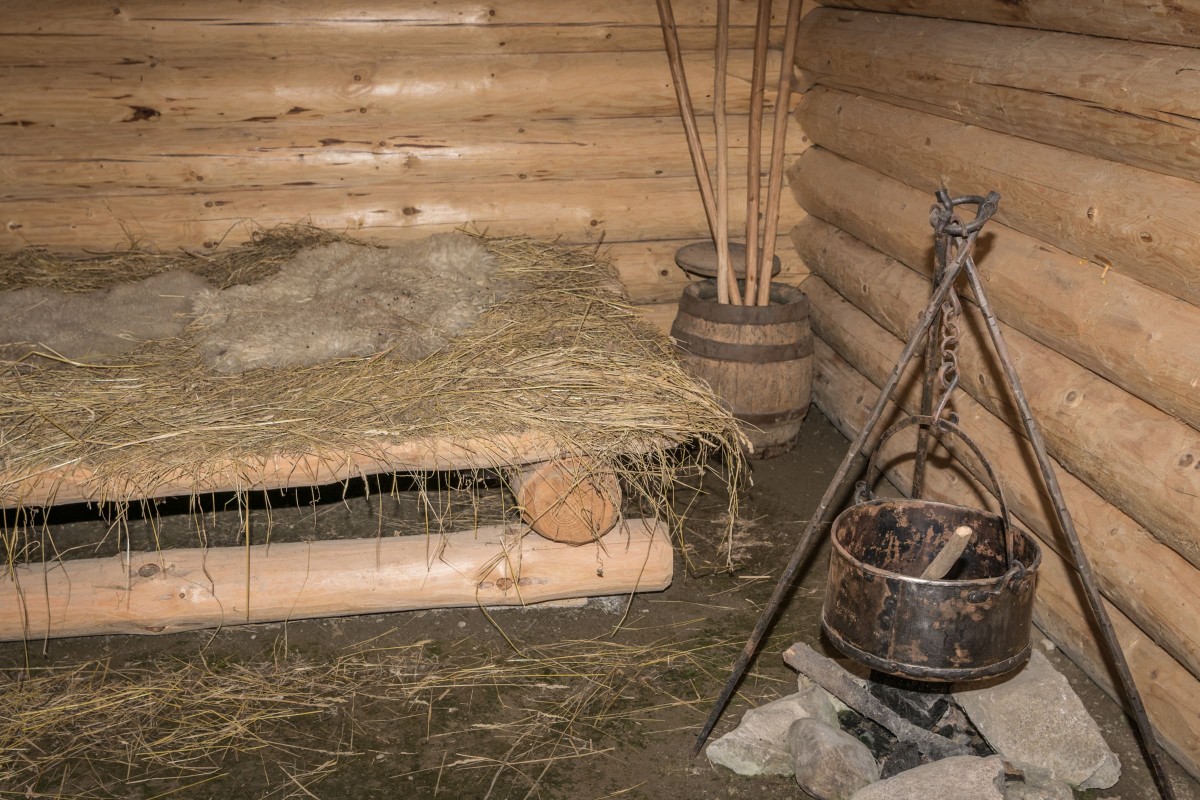
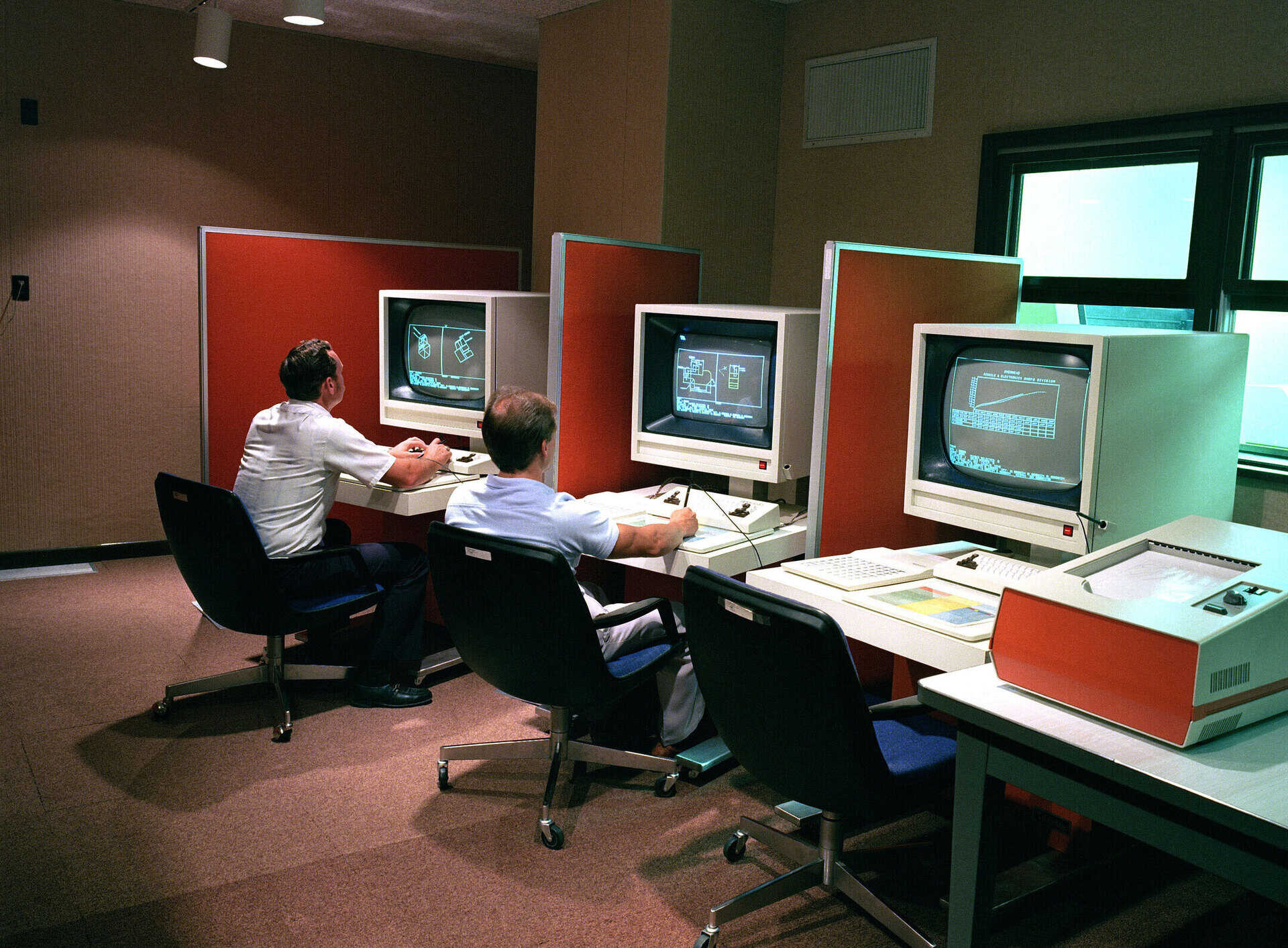


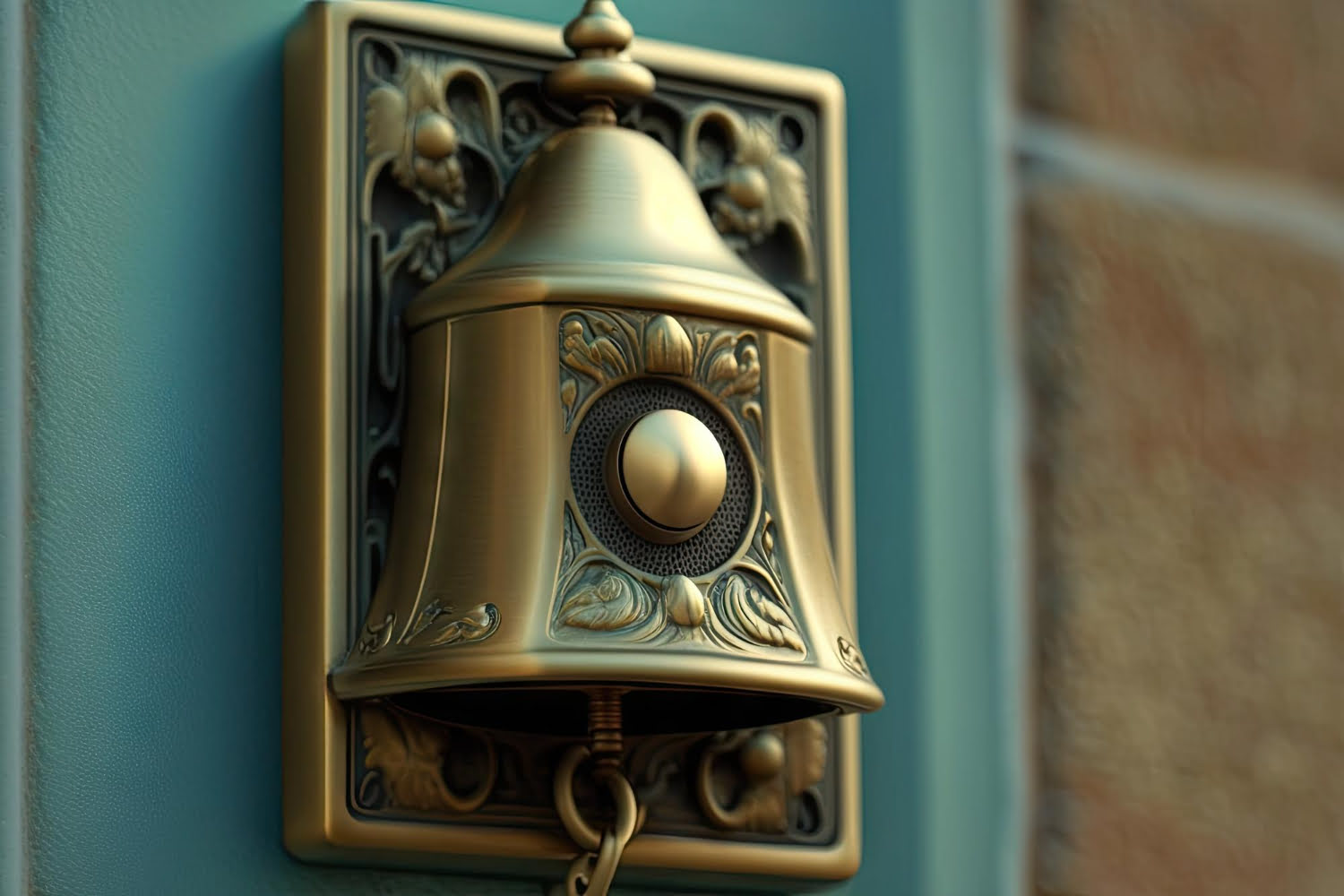


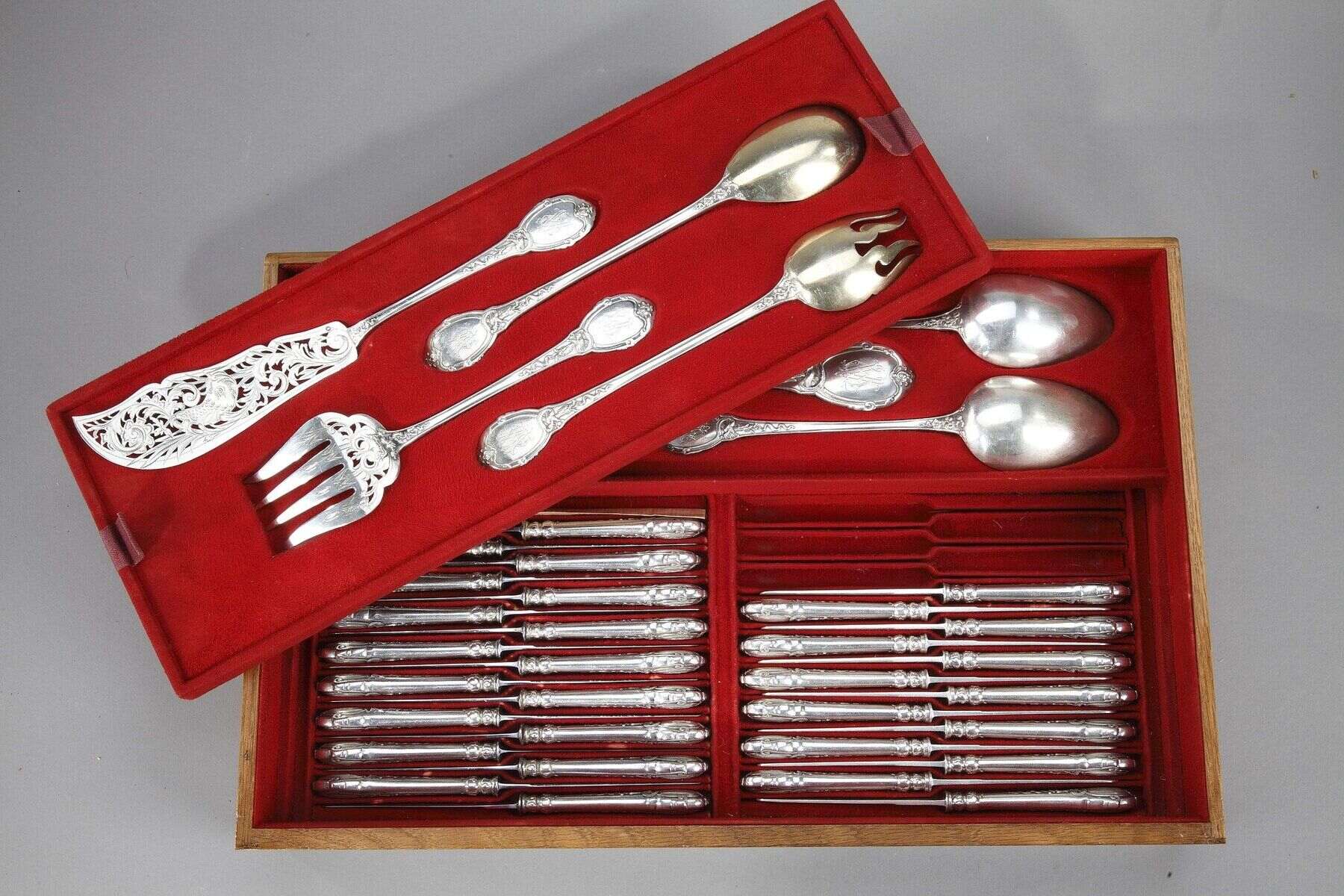
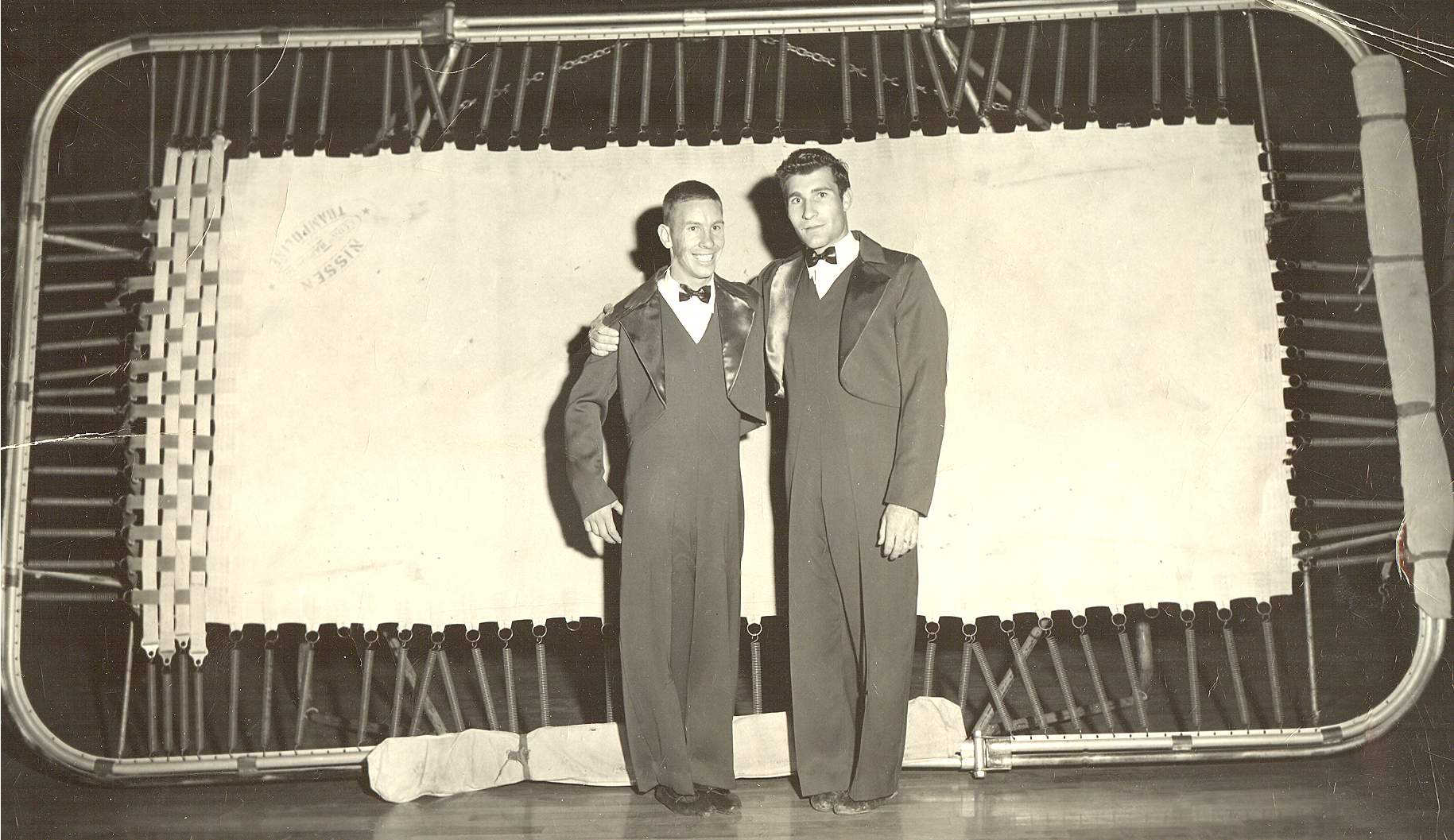


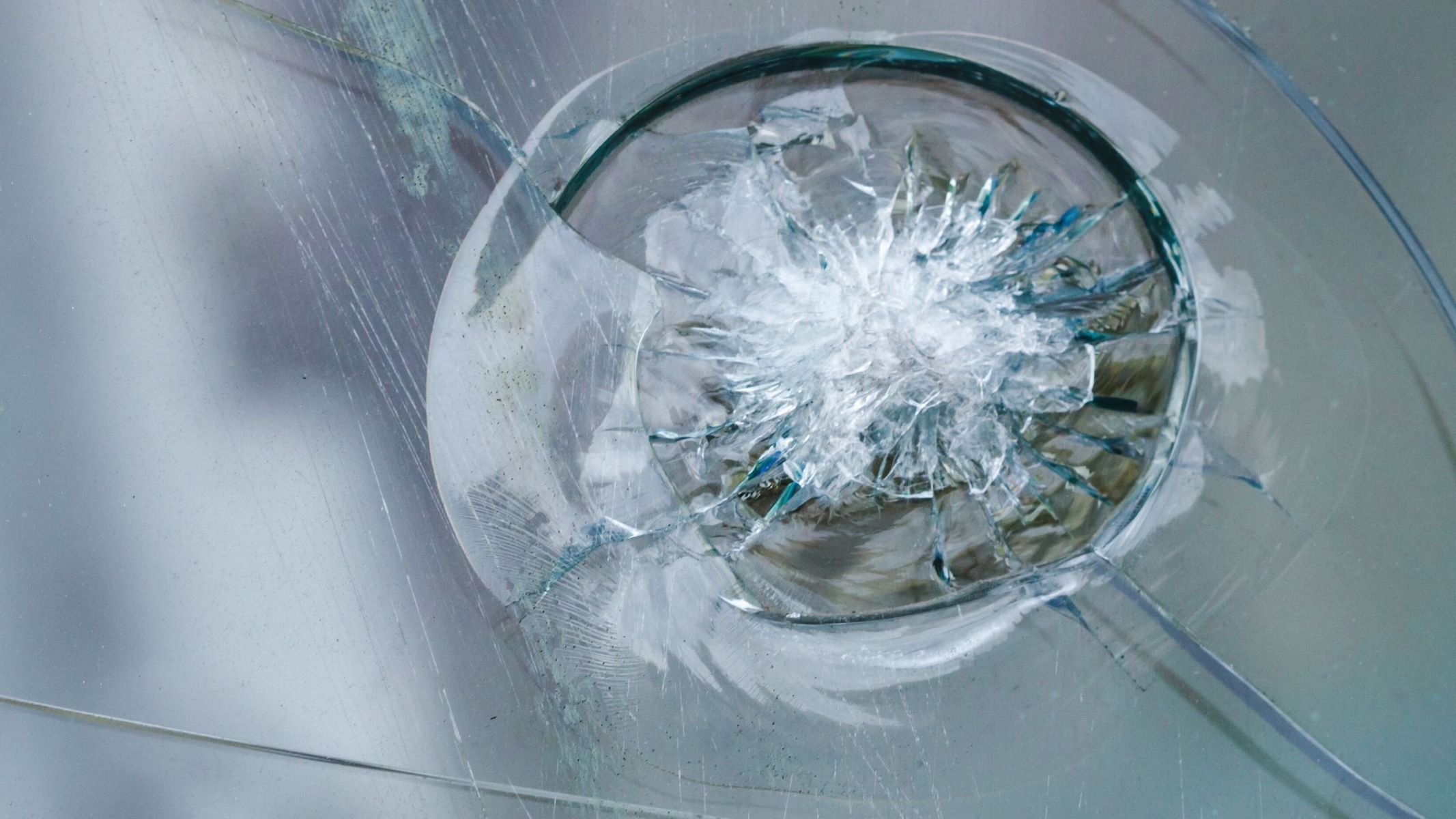




0 thoughts on “Who Invented Spikeball?”